
In June 1984 my weekly copy of Personal Computer News showed me a British made "100% IBM COMPATIBLE"
8086-powered machine. Gasp! It was designed and built in the UK by Ferranti who up until then had only been known
to me as the company who made the ULAs for various home micros. The ULA (Uncommitted Logic Array) was essentially a single chip made up
of the components of several other chips - reduce chip count and therefore cost by integrating loads of glue logic, video and cassette
routines into one 40 pin circuit. Trouble was, they got hot. Very hot.
Several UK manufacturers used ULAs with Sinclair and Acorn being the two better
known ones. It's been written that the Grundy Newbrain ended up being totally made of TTL chips
needing a massive metal heatsink because the Ferranti ULA kept melting. The Acorn Electron suffered from this too.
But I digress. The Advance86 was initially available as 2 models - a 128K 'home computer' that used
cassette for storage and had BASIC in ROM like the original IBM 5150, then the fully expanded 256K version which had an extra lump on top
providing some 8 and 16 bit industry-standard ISA slots and a pair of Shugart 360K floppy drives. Those models had a fan built into the base
to cool the upside-down mounted motherboard. They ran Advance DOS which was MS-DOS 3.3 and came bundled with the
Perfect Suite of productivity applications seen in other machines at the time like the
Sanyo MBC555 (also running DOS 3.3) and
STM Pied Piper which was a CP/M machine. Output-wise the machine sports RGB,
composite AND an RF modulator for your TV. I wonder how many people used THAT. Geoff Wheelwright in PCN was impressed though, for £1499 you got
a IBM compatible PC that had everything you needed built-in. His only gripe was the sheer size of it. Unfortunately it didn't sell well.
The very excellent Dave Williams gave me this machine and first impressions are how absolutely HUGE it is.
Compared to an IBM 5150 it's enormous and plastic but hey, the keyboard slides into the base unit!
I'll let the pictures do the talking. Oh, the big selling point of this machine was that it was only available in branches of 'the UK's
favourite stationary supplier' WH Smith. I bought my first ever ZX Spectrum game (Manic Miner) in WH Smith on Princes St in Edinburgh, fact fans.
Pictures
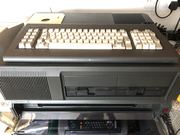 | 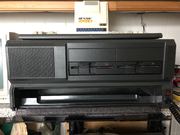 | 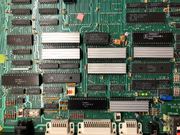 | 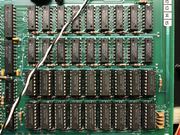 |
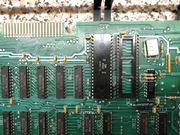 | 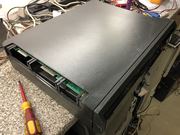 | 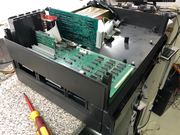 | 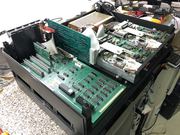 |
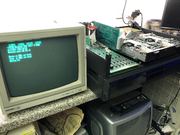 | 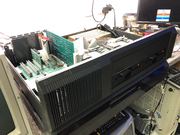 | 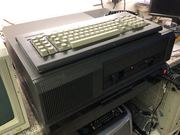 | 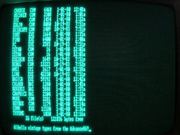 |
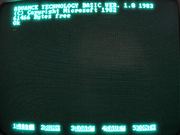 | 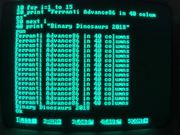 | 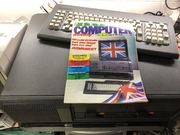 | 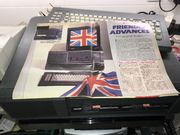 |
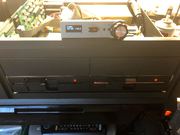 | 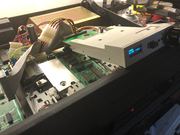 | 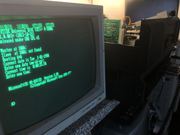 |  |